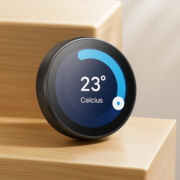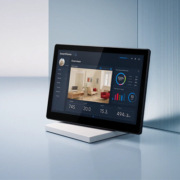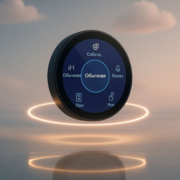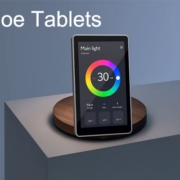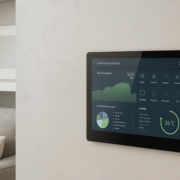Raspberry Pi vs PortPi: Which SBC Is Better for Smart Home Control?
In the era of smart homes, the demand for reliable, customizable, and scalable control systems has surged. At the heart of many of these systems lies a Single Board Computer (SBC) — and for years, the Raspberry Pi has been the go-to choice for hobbyists and developers thanks to its affordability and vast open-source ecosystem.
However, as smart home projects move from DIY to commercial or industrial applications, the Raspberry Pi begins to reveal some limitations. That’s where PortPi, an SBC developed by Portworld, steps in as a professional-grade alternative tailored for real-world deployment.
So which SBC is better suited for smart home control: Raspberry Pi or PortPi? Let’s break it down.
Hardware Comparison: Power, Stability, and Interfaces
| Feature | Raspberry Pi 4B | PortPi (RK3568-based) |
|---|---|---|
| CPU | BCM2711, Cortex-A72 (Quad-Core) | RK3568, Cortex-A55 (Quad-Core) |
| RAM | 1–8GB LPDDR4 | 2–8GB DDR4 |
| Storage | microSD, USB SSD | eMMC, TF card, SATA |
| Networking | Gigabit Ethernet, Wi-Fi | Dual Gigabit LAN, optional 4G/5G module |
| I/O Interfaces | 40-pin GPIO, USB | RS232/RS485, CAN, GPIO, USB, HDMI, MIPI |
| Power Input | 5V via USB-C | 9–36V wide voltage input |
| Operating Temp | 0°C to 50°C | -20°C to 85°C (fanless or passive cooling) |
Verdict: PortPi offers more industrial-grade stability and a wider array of interfaces, making it ideal for smart home hubs and control panels deployed in real environments.
Software Support & Platform Integration
-
Raspberry Pi primarily supports Raspberry Pi OS (Debian-based) but can also run Ubuntu, Android, etc., often requiring extensive manual setup.
-
PortPi supports Android 11, Linux (Debian, Ubuntu), and can be preconfigured with smart home platforms like Home Assistant, openHAB, Zigbee2MQTT, Modbus, and MQTT out of the box.
Portworld also offers customized Linux BSPs and ready-to-run OS images to significantly reduce time-to-market.
Ideal for Smart Home Control Panels
While the Raspberry Pi is commonly used for prototyping DIY smart home panels, it lacks built-in interfaces for commercial-grade touchscreens.
In contrast, PortPi supports:
- Native MIPI/LVDS/HDMI interfaces
- Smooth integration with 4″ and 5″ capacitive touch displays
- PoE (Power over Ethernet) and wall-mount design
Portworld’s smart home control panels — built on PortPi — are designed specifically for:
- Whole-home automation dashboards
- Smart hotel room control panels
- Energy monitoring terminals
- Smart access and security control systems
They offer elegant touch UIs, stable Linux or Android OS, and full support for voice assistants, mobile apps, and third-party protocols.
Why Choose PortPi for Smart Home Projects?
Industrial-Grade Reliability
PortPi is engineered for 24/7 operation in harsh environments with wide-voltage support and passive cooling.
CKD/SKD Supply Model
Portworld offers component-level delivery to help brands reduce tariffs and comply with local assembly requirements.
Custom Hardware & UI Design Support
Portworld provides OEM/ODM customization, from PCBA design to UI/UX integration on Android or Linux.
Built for Scaling
Perfect for transitioning from prototyping to mass production, with guaranteed long-term supply and technical support.
Conclusion: For Serious Smart Home Deployment, PortPi Wins
If you’re just tinkering or building a prototype for a hobby project, the Raspberry Pi still serves as an affordable and flexible option.
However, for developers, system integrators, or brands looking to deploy reliable, scalable smart home control solutions, PortPi from Portworld is a better fit — built from the ground up for professional applications.


